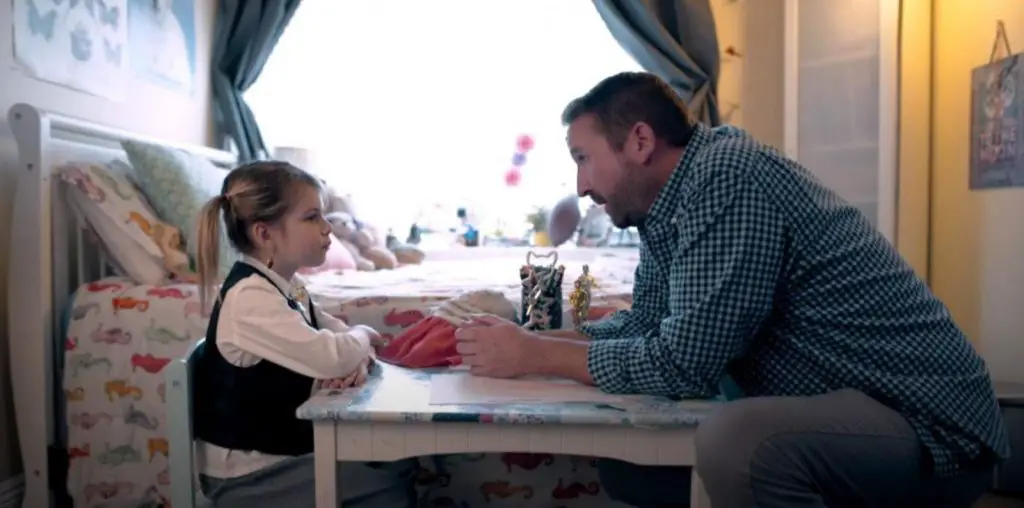
The director of “The Grudge” gives horror fans some new chills in “Marebito,” a film that is as creepy as it is frustrating. And it all starts with the movie’s name.
Translated, the title means “The Stranger From Afar.” It is unclear whether this stranger is the protagonist, Masuoka (Shinya Tsukamoto), or F (Tomomi Miyashita), a girl creature Masuoka finds naked and chained to a rock in the Mountains of Madness. (This land exists under the streets of Japan and is probably the best representation of Lovecraft’s ideas that have ever been put to film, however brief the scene may be.) When Masuoka takes her to his apartment, she starts to die, and strange people are inquiring about her. Masuoka finally learns what she needs in order to survive, and then the killing starts.
The story of F is not the only plot thread in this film, though. Masuoka stumbled upon the creature in his search for real terror. He is a cameraman who films a gruesome suicide (knife in the eye, if you must know) in the subway. Right before the suicidal man ends his life, he sees something that fills him with fear, and Masuoka wants to witness the same thing. It’s quite an odd desire for a man who lacks any real emotions for most of the film’s entire running length.
When Masuoka brings F back to his place, it seems like the situation would be ripe for scares, but instead becomes a slightly strange pet story, and we eventually learn that F may his daughter. Does that matter, though? Only when you start to look to the film for deeper meaning, which is there if you want to pursue it.
On the surface, there is plenty to see. The previously mentioned Lovecraft influence, the echoes of another Japanese cult classic called “Za Ginipiggu 4: Manhoru No Naka Ningyo,” a bit of “The Blair Witch Project” (much of the film is seen through Masuoka’s camera, which provides some serious chills), and the idea of perpetual travel between our world and the mystical underground world (best represented by a poster of M.C. Escher’s “Ascending and Descending” that is quite visible in Masuoka’s apartment in the beginning of the film).
Dig more deeply into the film, however, and you start to see that maybe the terror Masuoka is seeking is not the literal terror of most horror movies, but is in fact the terror one experiences when facing reality and looming mental illness. (The film’s final scene lends credence to the fact that Masuoka may have been losing his mind the entire time.) To delve into everything that supports this theory would take a book, but suffice it to say, the meaning is pretty clear once you start to look for it.
Taken literally, the movie has many frightening moments but fails in its ultimate mission because it is vague in all the wrong places and too scattered to be effective. Taken on a more symbolic level, the film is a bit more interesting, and the disjointed feel of it makes more sense, but it loses much of its power because it has a main character audiences will have a hard time connecting with. Either way you look at it, though, the film is not a total failure, but nor is it a triumph. As a horror movie, it works, but only barely. As a study of madness and the insanity of life, it gets its point across. It seems to want to play it safe both ways, however, and that ensures it will never fully succeed.

